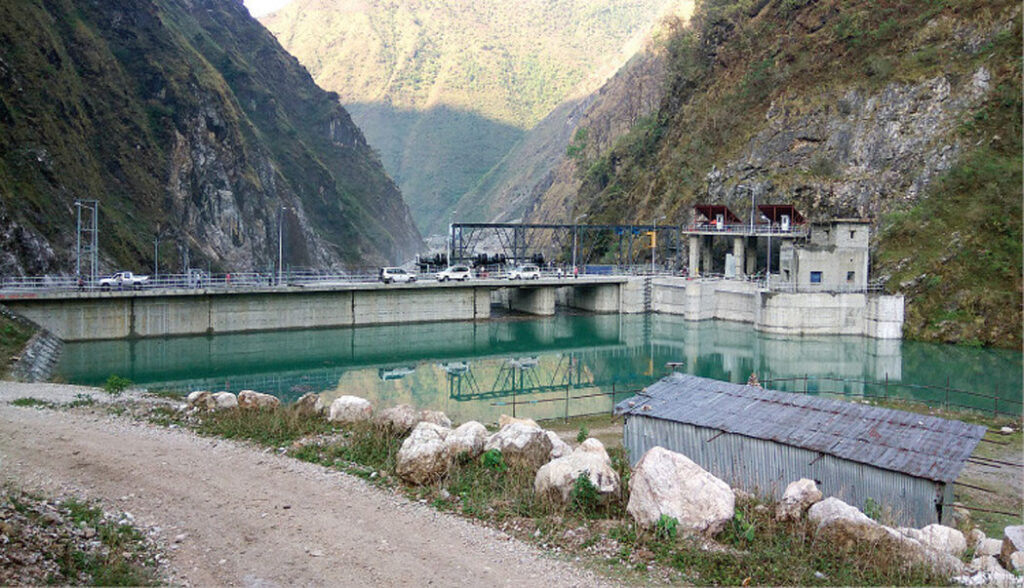India, over the years, has become a bigger net exporter of electricity with respect to its neighbour trade partners –Bhutan, Nepal, Bangladesh and Myanmar.
According to an analysis by T&D India based on official statistics released by Grid Corporation of India Ltd (GRID-INDIA, formerly POSOCO), India was a net exporter of electricity to the tune of 4,713 MU (million units) in FY24. In other words, India’s aggregate exports of electricity to the four nations in FY24 exceeded the aggregate imports by 4,713 MU.
It may be mentioned that with respect to Bhutan and Nepal, India has two-way trade in electricity in that India engages in both imports and exports with these two nations. Speaking of Bangladesh and Myanmar, India only exports electricity with nil imports.
In the case of Bhutan and Nepal – both hydro-rich nations – India imports electricity during the monsoon when hydropower generation in those countries peak. This usually takes place during the period June to October. On the other hand during winter, when hydropower generation in Bhutan and Nepal is at its lowest, India turns exporter.
It is important to note that several hydropower projects in Bhutan and Nepal have been developed with Indian financial and technical assistance. It represents India’s cooperation with its neighbours and creates a win-win situation for both partners.
Of the four nations, the volume of electricity trade is relatively higher with respect to Bhutan. India is also a net importer of electricity with respect to Bhutan, which means that India imports more than it exports to this nation. All the same, it is worth remarking that India’s net import level with Bhutan fell appreciably in FY24. With respect to this nation, India was a net importer to the tune of 3,863 MU in FY24, much lower than 6,380 MU in FY23 and 7,597 MU in FY22. In the context of the three remaining nations, India has always been a net exporter.
Also read: India Well-Poised To Tap Green Hydrogen Opportunity, Says A&M Report
Featured photograph showing a hydropower plant in Nepal is for representation only.

